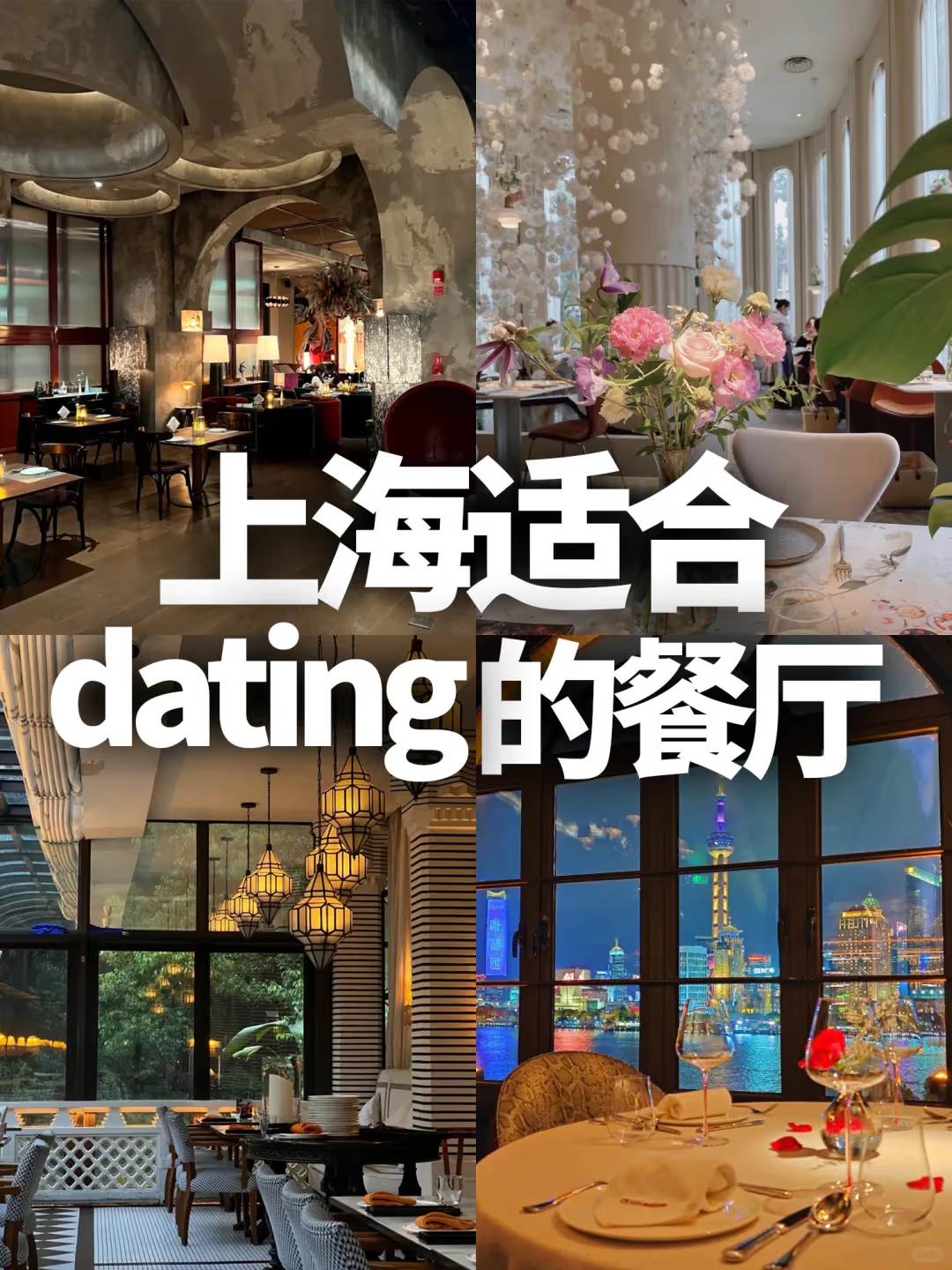A two-day itinerary for exploring Hangzhou, featuring West Lake attractions and local cuisine, perfect for a National Day getaway while steering clear of tourist traps.
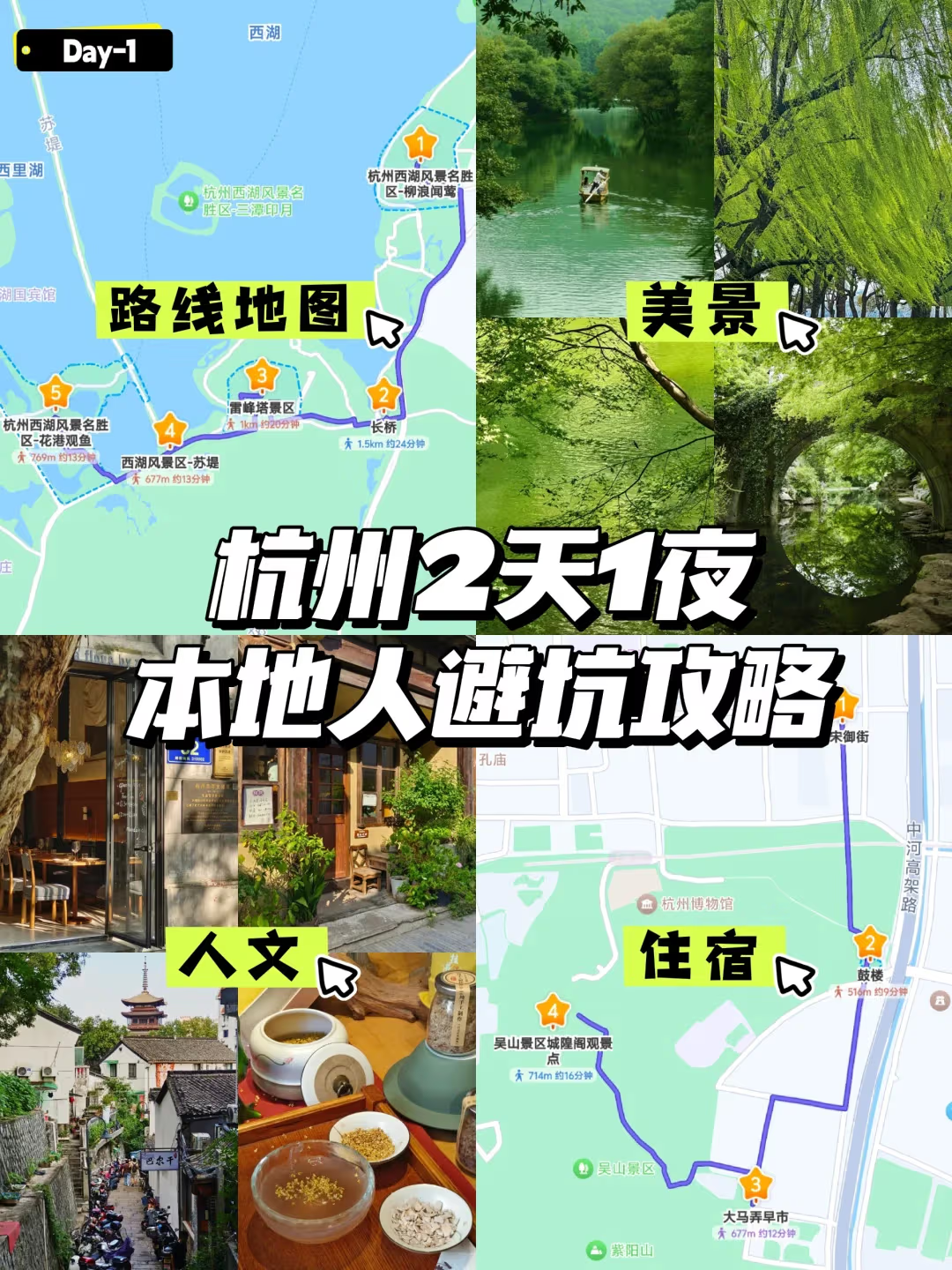
Last Saturday, I got up early and took the Line 16 straight to Pudong Hangtou, all just to check out the legendary Mulan Flower Pavilion. A friend told me, “It’s like a time black hole, once you go in, you won’t come out.” I didn’t believe it at first, but the moment I opened the door, I was stunned—cameras, record players, old suitcases, enamel basins piled up to the ceiling. Sunlight streamed in through the broken window, dust dancing in the rays, and my heart started racing as if I had stumbled into someone’s childhood storage.
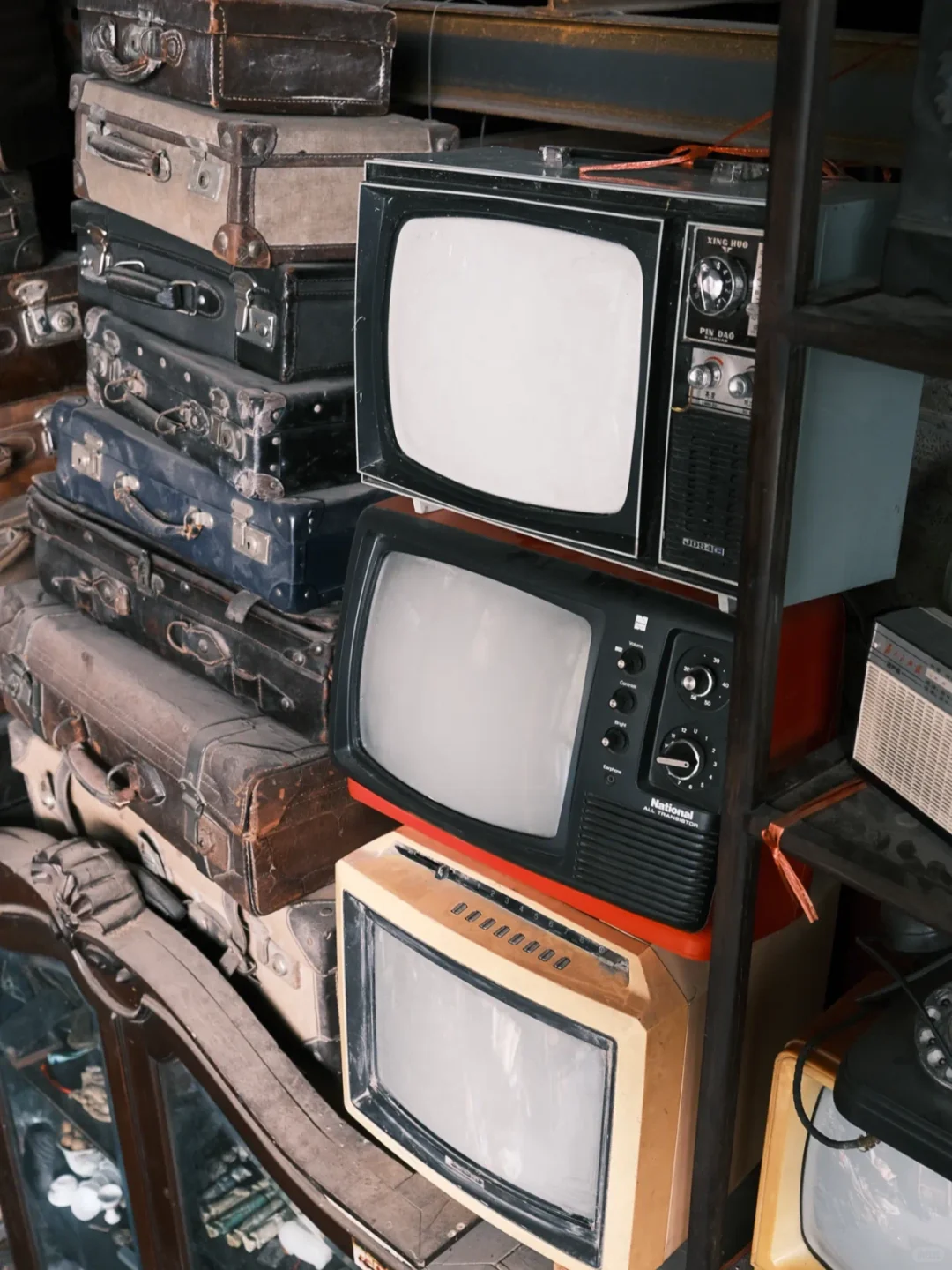
Uncle Sun handed me a disposable mask at the door, saying, “It's dusty, don’t choke.” I squeezed my way down a narrow path, stepping on 1950s patterned tiles, with an old Shanghai brand fan creaking above me. The left wall on the first floor was covered in film cameras: Seagull, Nikon, Leica—lenses coated in dust with a satisfying click when turned. I casually flipped open a Zeiss Ikonta, and inside the film compartment, I found half a roll of unexposed landscapes, frozen in time since 1993. As I walked deeper in, the smell of old wood mixed with camphor balls hit me hard. I squatted down to rummage through an enamel plate, and the back had “Shanghai Enamel Factory No. 3” stamped on it. It had a small chip on the edge, but the more I looked, the more I liked it.
The second floor was even more incredible, with old wardrobes forming a maze. I squeezed into the back and discovered a 1920s Art Deco vanity. The mirror was foggy with mercury glass, and the drawers held an empty Pechoin box and some plastic hair clips. Uncle Sun’s son, Xiao Sun, followed behind and casually pulled open a military-green tin box, revealing neatly stacked Cultural Revolution-era Little Red Books. The spines had faded from deep red to rose, and when I opened one, it was inscribed with “To the loveliest person,” dated 1971. At that moment, I suddenly understood that “thrifting” isn’t just about buying; it’s about being embraced by history.
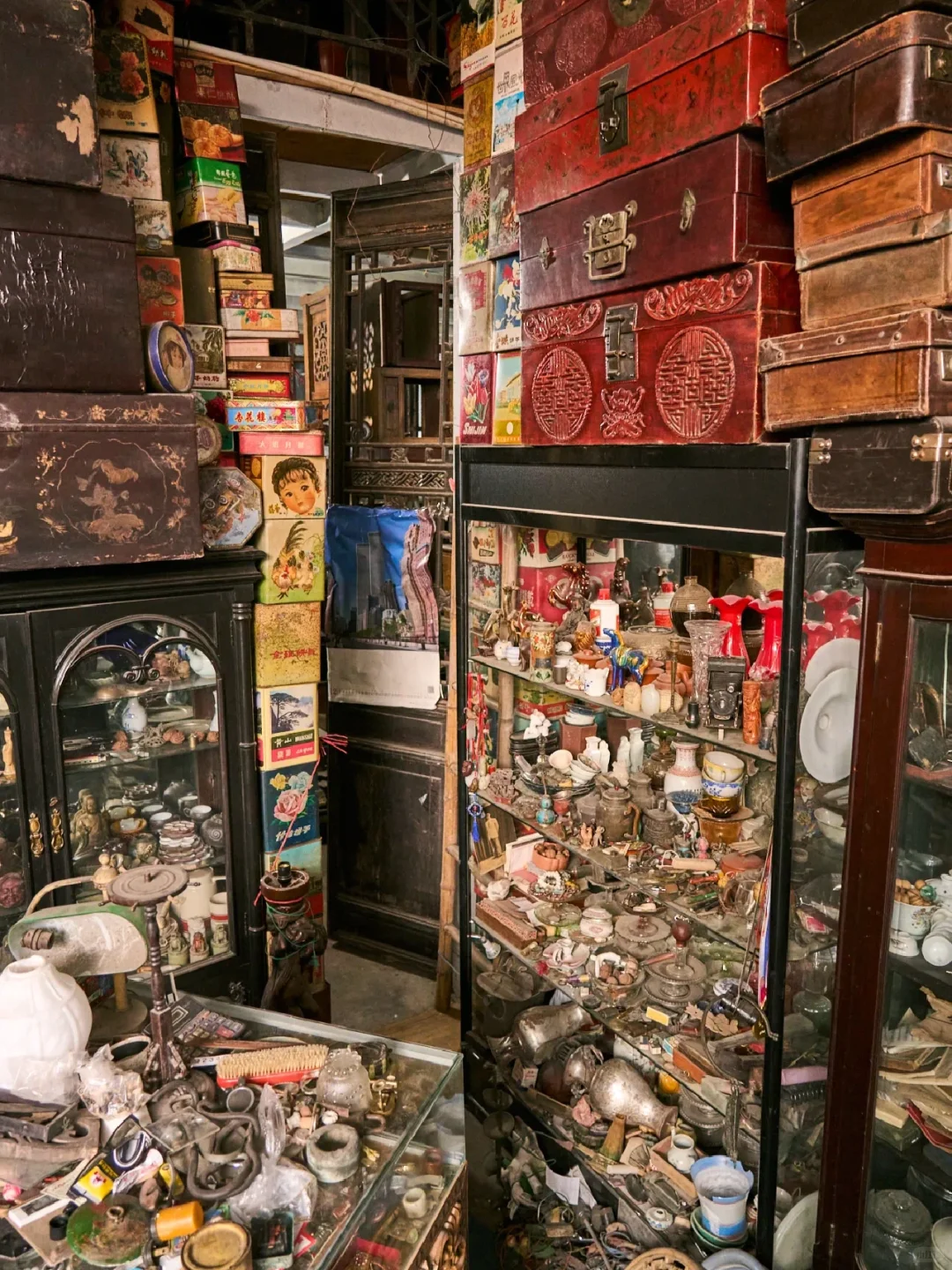
Uncle Sun noticed I was squatting for too long and handed me a small wooden stool, “Sit and look, don’t hurt your back.” He pointed to an old sign at the entrance that read “Mulan Flower Pavilion”, explaining that it was written by his father in 1988 with a brush, originally located under the Lupu Bridge. When the bridge was being built, the family stuffed everything into a truck and moved to Pudong Hangtou, and they’ve been open for 35 years. Now it’s Xiao Sun’s turn to take over. He’s great at social media like Douyin, Xianyu, and Xiaohongshu, but collecting items still follows the old ways—riding an old 28 bike, cruising through Pudong’s old alleys, knocking on doors asking if anyone wants to sell their “old furniture” when they’re renovating. I curiously asked, “What’s the craziest haul you’ve ever had?” Xiao Sun chuckled, “We brought back an entire staircase railing from a Shikumen building—it took two weeks to take down, and we wore our hands raw. It’s now piled in the backyard, and whoever wants it can saw it off themselves.”
In the end, I took home three items: ① A 1964 Shanghai clock—still with a price tag from “Huguang Department Store, priced at 8.5; ② A 1970s enamel basin**—with a tiny chip on the rim and printed with peony flowers; ③ A 1930s glass drawer pull—four for just 10 yuan. When I paid, Uncle Sun weighed the clock on an old scale, saying “Four and a half liang,” as if he was weighing a piece of time. He handed me a handwritten receipt, and the penmanship was so beautiful it didn’t seem real. I carefully folded it and tucked it into my wallet, more precious than a standard invoice.
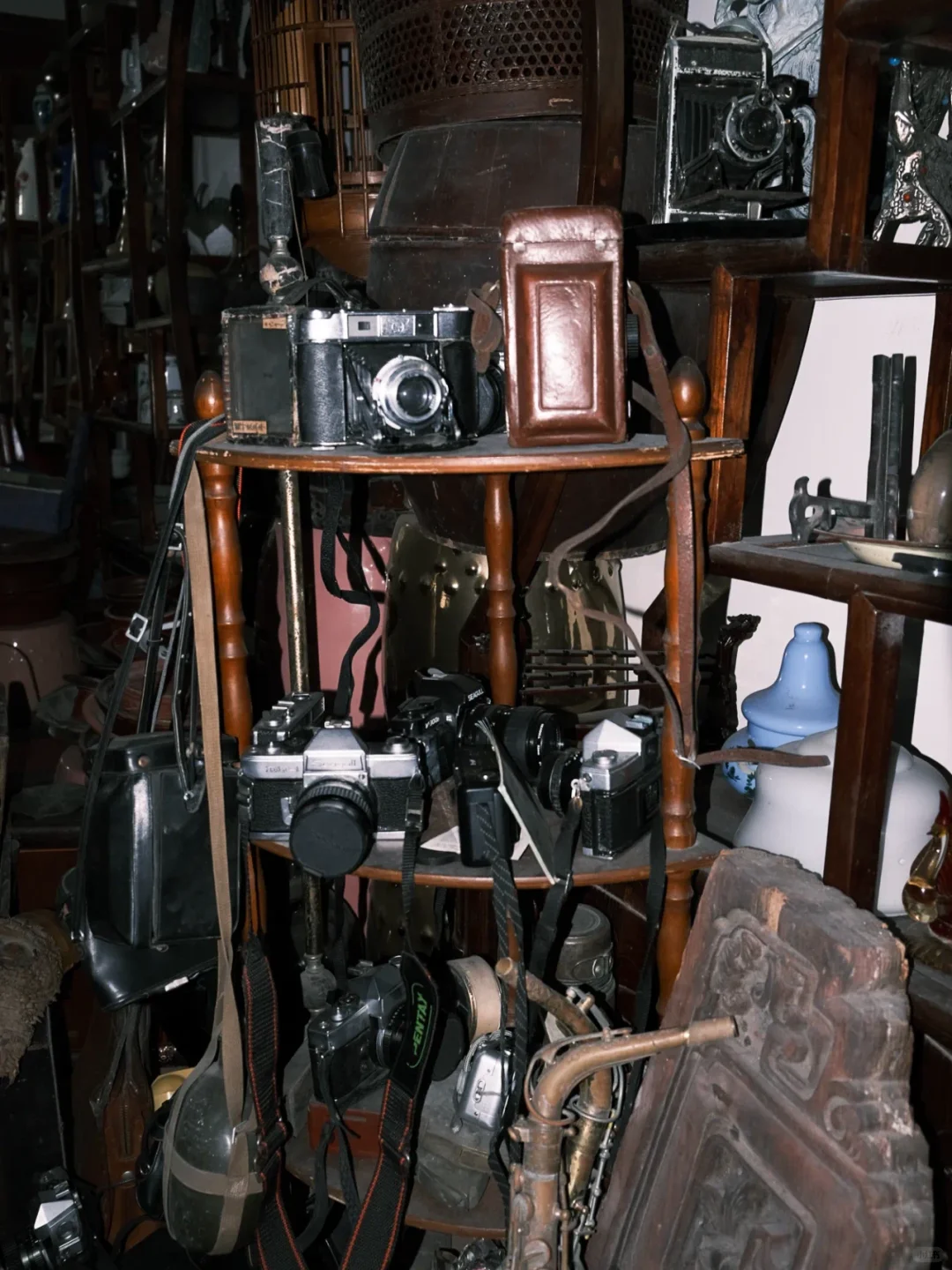
If you want to score some treasures, remember these three tips:
I witnessed a girl flipping through a 1958 Shanghai Concert Hall program, which had Mei Lanfang’s signature on the back. Uncle Sun only wanted 80 yuan, and she shrieked on the spot.
Here’s the address again: No. 140 Hangtou Road, Pudong New District, take a taxi from Hangtou East Station on Line 16. There’s no sign out front, look for the red “second-hand” painted iron gate.
| Item | Info |
|---|---|
| Address | No. 140 Hangtou Road, Pudong, Shanghai (near Hunan Highway) |
| Transport | Line 16 Hangtou East Station → taxi fare start; driving, just navigate to “Hangtou Road No. 140” to find nearby parking. |
| Opening Hours | 8:00-11:30, 13:00-17:00 (closed for lunch, don’t arrive empty-handed) |
| Payment | Cash only, Shanghai Bank ATM at nearby Hangtou Market |
| What to Bring | Cash, mask, wet wipes (it’s dusty), big bags (the shop only gives old newspapers) |
| Bargaining Tips | Ask “What’s the lowest?” then negotiate 10-20% off; Uncle Sun is more open to gentle persuasion. |
As I was leaving, Uncle Sun was moving a 1956 Red Lantern radio to the door to sunbathe. With a click of the knob, Qin Yi's "The Wandering Songstress" started playing, her raspy voice adding a layer of old Shanghai charm to the quiet little street of Pudong Hangtou. I turned around to take a last look, the three characters Mulan Flower Pavilion faded to a soft gold in the sunshine, and one thought crossed my mind: I’ll come back next week to take home that Art Deco vanity.
The 2025 Shanghai Michelin Guide unveils its complete list featuring 145 restaurants, including 2 with three stars, 9 with two stars, and 41 with one star. The new additions are spectacular, offering a diverse array of cuisines that elevate Shanghai's culinary scene!
This article introduces the top free photo spots in Shanghai, including the Moller Villa, the Garden Hotel, and the Ruijin Hotel's flower wall, making it a perfect guide for photography enthusiasts to fulfill their creative needs.
The new exhibition in Shanghai, located along the Xuhui Riverside, offers a free Zootopia experience running from August 16 to October 31, open 24 hours. It's less crowded on weekends, making it an ideal choice for family outings.
Want to see more cultural experiences like this?
Follow ChinaTrip, explore the next destination, and discover more ways Chinese people travel.
Browse More ArticlesA two-day itinerary for exploring Hangzhou, featuring West Lake attractions and local cuisine, perfect for a National Day getaway while steering clear of tourist traps.

The LABUBU 10th Anniversary Touring Exhibition at Rock Bund Source in Shanghai features the debut of unpublished manuscripts, inviting you on a magnificent artistic journey where reality intertwines with fantasy.
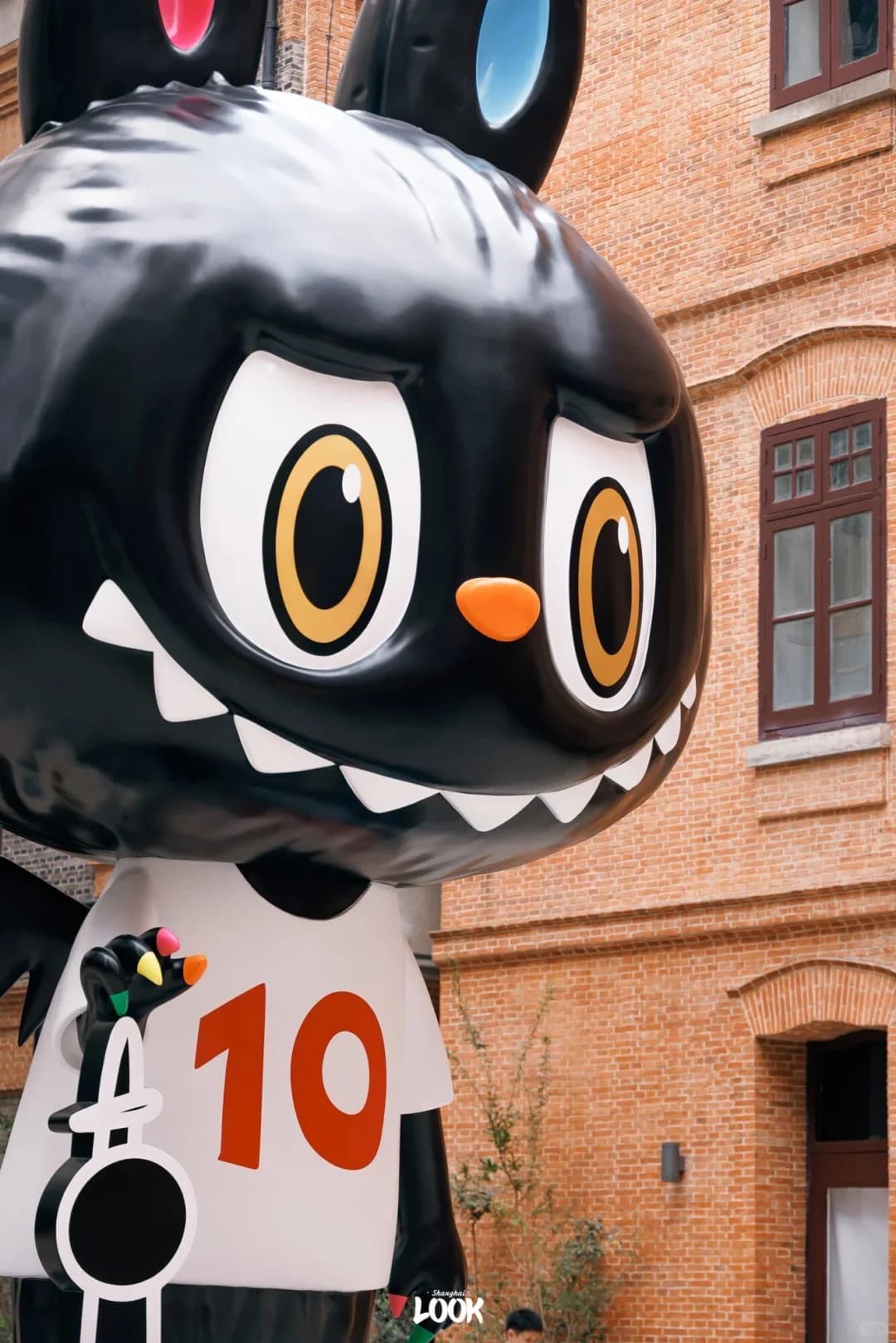
Capture the stunning lights of the international architecture, savor delicious seafood stir-fried noodles and crispy pork cutlets, buy Hello Kitty postcards, explore Fuzhou Road and the Foreign Bookstore with friends, and immerse yourself in unique cultural creations and local delicacies.
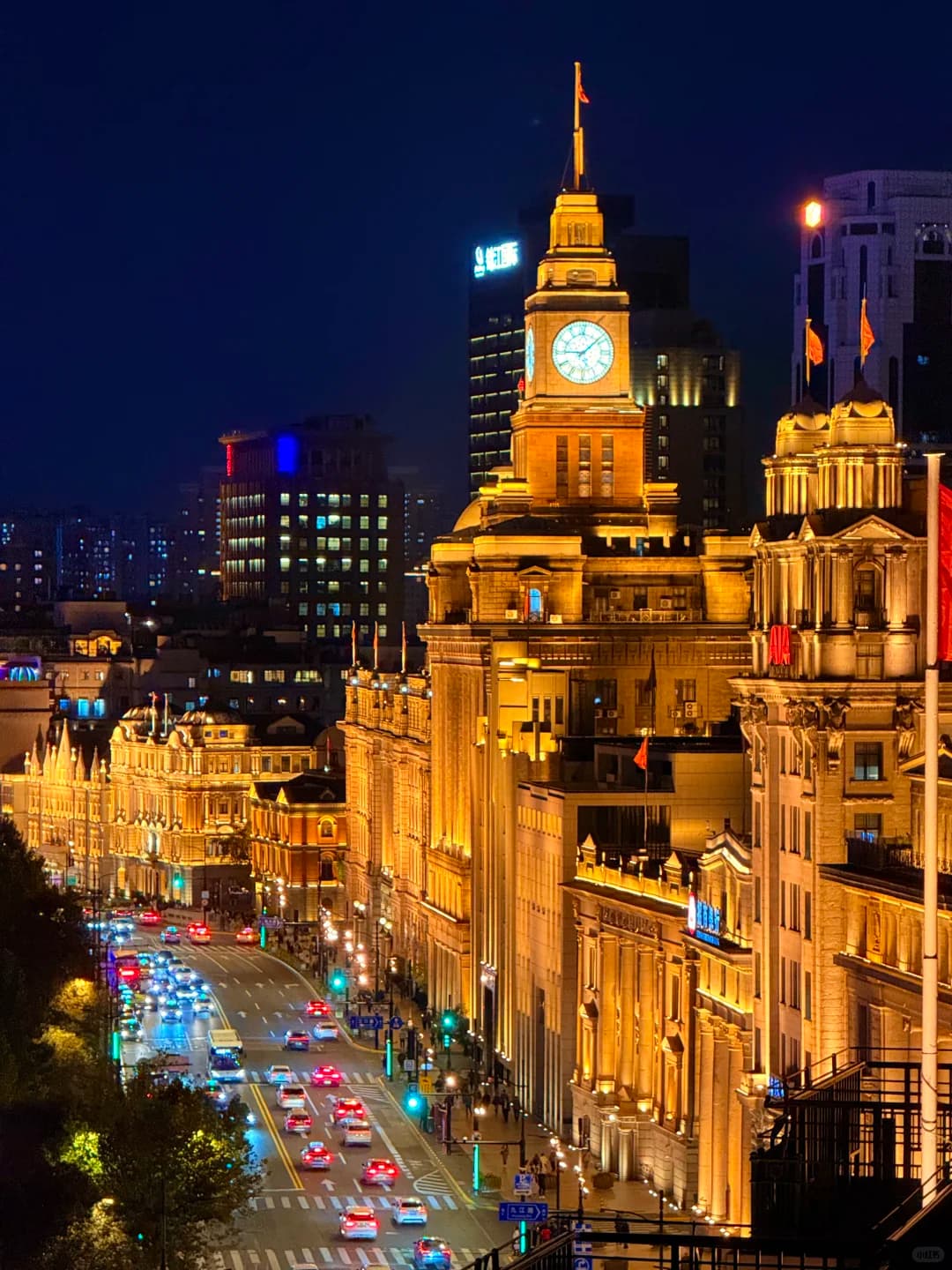
Nanjing Road, the stylish and cultural hub of Shanghai, blends shopping, tourism, and commerce into a vibrant experience, allowing visitors to savor the unique charm of old Shanghai.
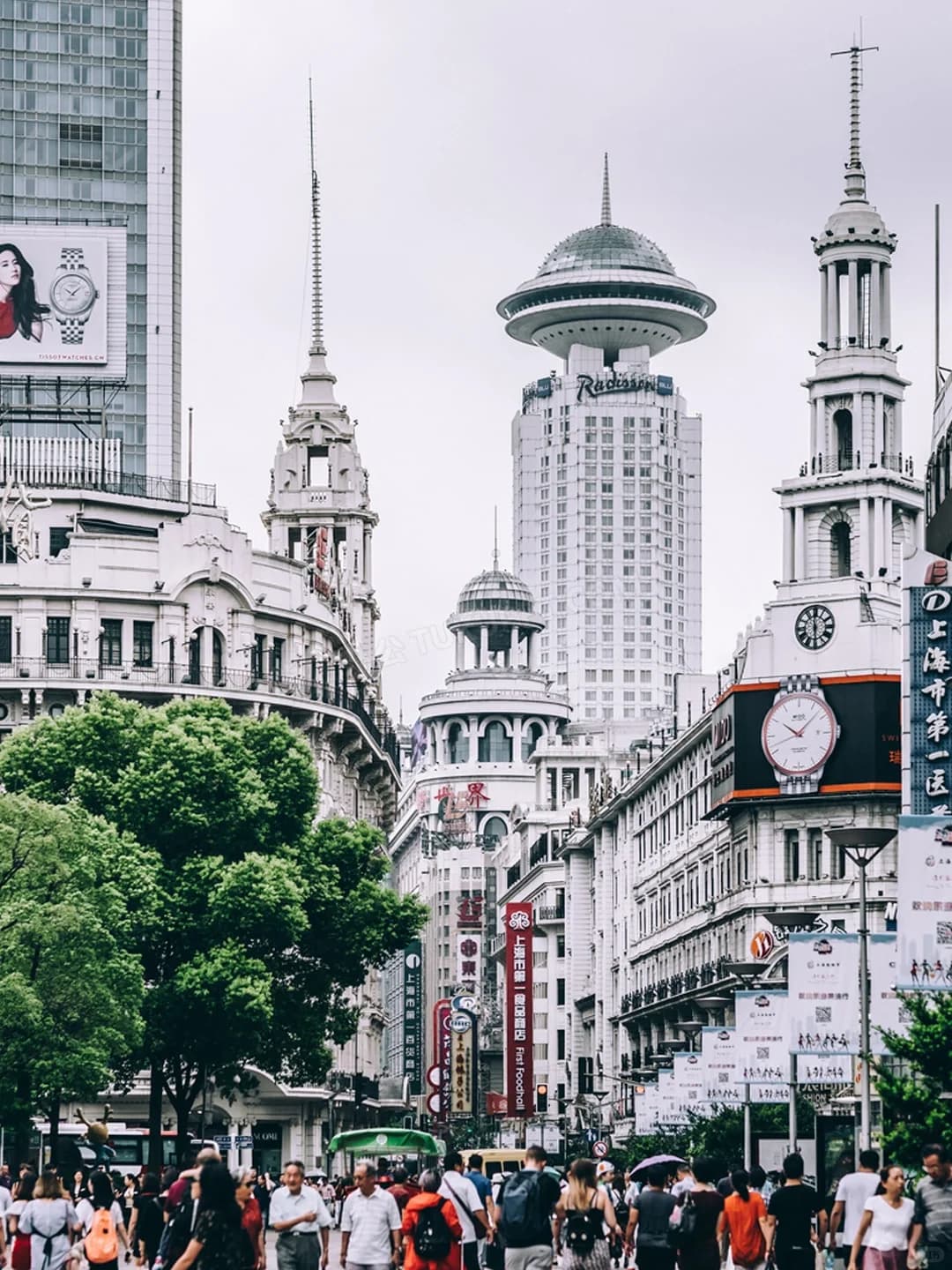
Share a romantic dinner with your partner in Shanghai's high-end and hidden gems, soaking in the luxurious atmosphere against the stunning night views for an unforgettable dating experience.
